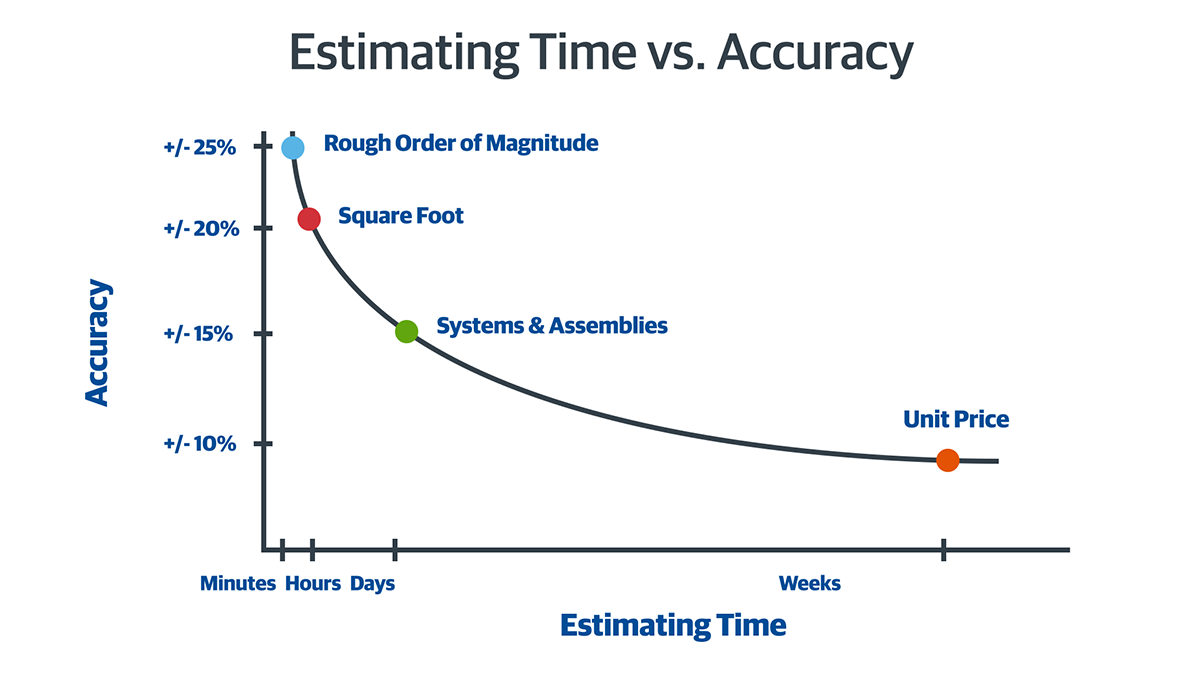Electrical safety begins with strong planning and compliance with regulatory standards. Electrical design compliance ensures that every aspect of an electrical system aligns with safety codes, reduces hazards, and enhances long-term efficiency. This guide explores the value of following these standards and outlines practical steps for implementing them in residential, commercial, and renovation projects.
Understanding Electrical Design Compliance
What It Means
Electrical design compliance refers to planning and constructing electrical systems in accordance with applicable safety codes and regulations. By meeting these requirements during the design phase, contractors and engineers can prevent issues such as overloads, faulty connections, and system failures.
Why It Matters
Complying with design standards protects people and property from dangers like fires and electrocution. It also ensures systems are legally approved and ready for inspections, sales, or upgrades. Ignoring compliance may lead to penalties, increased costs, or unsafe environments.
Key Benefits
Improved Safety
A compliant system is designed to prevent short circuits, overheating, and electrical shocks. This proactive approach protects occupants and infrastructure.
Legal and Regulatory Protection
Meeting design standards avoids fines, delays, and legal issues. Proper documentation can also streamline property sales and insurance claims.
Enhanced Efficiency
Well-designed electrical layouts reduce energy consumption and improve performance. Integrating energy-saving components and smart technology can result in substantial utility savings.
Core Elements of a Compliant Design
Safe Layout and Installation
Designs should include appropriate circuit spacing, correct wiring types, and protected panel placement. These elements ensure that the system performs well under all conditions.
Documentation and Verification
Every compliant system should include design schematics, permits, and certifications. These documents provide proof that the system meets industry standards.
Regular Updates and Reviews
Codes evolve over time. Periodically reviewing and updating existing systems is essential to maintain compliance.
How to Ensure Compliance
1. Hire Qualified Experts
Work with certified electricians and engineers who specialize in code-compliant designs.
2. Conduct Plan Reviews
Have your design plans reviewed to confirm they align with local regulations before installation begins.
3. Perform Inspections
Check that installed systems match approved designs. Identify and correct discrepancies early.
4. Secure Certification
Obtain necessary documentation from licensed professionals to prove the system’s compliance.
Tips for Effective Implementation
- Stay informed about updates in local and international electrical codes.
- Use quality materials that meet safety standards.
- Design for future expansion to reduce upgrade costs.
- Keep all compliance documents organized and accessible.
Application in Commercial Projects
Ensuring Workplace Safety
Compliance is vital in offices, factories, and retail spaces. These systems must handle higher electrical loads and include backup power and fire prevention components.
Meeting Industry Codes
Different industries may follow specific rules. Adhering to them ensures smooth operations and avoids shutdowns or legal issues.
Application in Residential Projects
Designing Safe Living Spaces
Home systems must prioritize protection against overloads, moisture, and tampering. Code-compliant designs ensure long-term safety for families.
Supporting Property Sales
Homes with certified electrical systems are more attractive to buyers and easier to insure or finance.
Efficiency and Sustainability
Smart and Efficient Designs
Energy-saving fixtures, smart panels, and low-loss wiring contribute to lower bills and better system control.
Environmentally Conscious Solutions
Designs that reduce waste and support renewable sources align with modern sustainability goals.
Compliance in Renovation Projects
Safe System Upgrades
During renovations, it’s essential to update existing systems according to current codes to prevent future hazards.
Coordinated Teamwork
Effective communication between contractors and electricians ensures compliance at every stage of the renovation.
Future of Electrical Design Standards
Embracing Technology
Modern tools like 3D modeling and automated planning software help professionals design more accurate and compliant systems.
Adapting to New Codes
As technology evolves, so do safety standards. Staying updated ensures continued safety and legal protection.
FAQs
What is the purpose of electrical design compliance? To ensure electrical systems are safe, legal, and efficient by aligning them with regulatory standards.
Can I handle design compliance myself? It’s best to consult certified professionals to avoid risks and meet all required codes.
How often should systems be reviewed? Reviews should occur before installation and during major renovations or upgrades.
Does compliance affect energy bills? Yes. Efficient designs can significantly reduce power usage.
Is compliance mandatory? In most regions, yes. Legal approval often requires certified designs and inspections.
Common Challenges in Maintaining Compliance
Keeping Up with Evolving Standards
One of the most persistent challenges is staying current with updates to electrical codes. Standards like the NEC (National Electrical Code) or IEC (International Electrotechnical Commission) guidelines are updated periodically. Failing to adapt designs to these changes can result in non-compliance and potential hazards.
Managing Complex Installations
Larger or multi-use facilities may involve complex electrical needs, requiring integration of lighting, HVAC systems, security infrastructure, and more. Ensuring all these components comply with safety and energy standards requires detailed coordination and expertise.
Budget Constraints
Achieving full compliance can come with added upfront costs, especially when replacing outdated systems or materials. However, these investments often save money long-term by avoiding penalties, system failures, or excessive energy use.
Conclusion
Electrical design compliance is not just a technical requirement—it’s a safety and efficiency strategy. Whether you’re planning a new project or upgrading an existing system, following these standards ensures reliability, protects occupants, and avoids costly legal problems. Prioritize compliance today for a safer, smarter tomorrow.














Leave a Reply